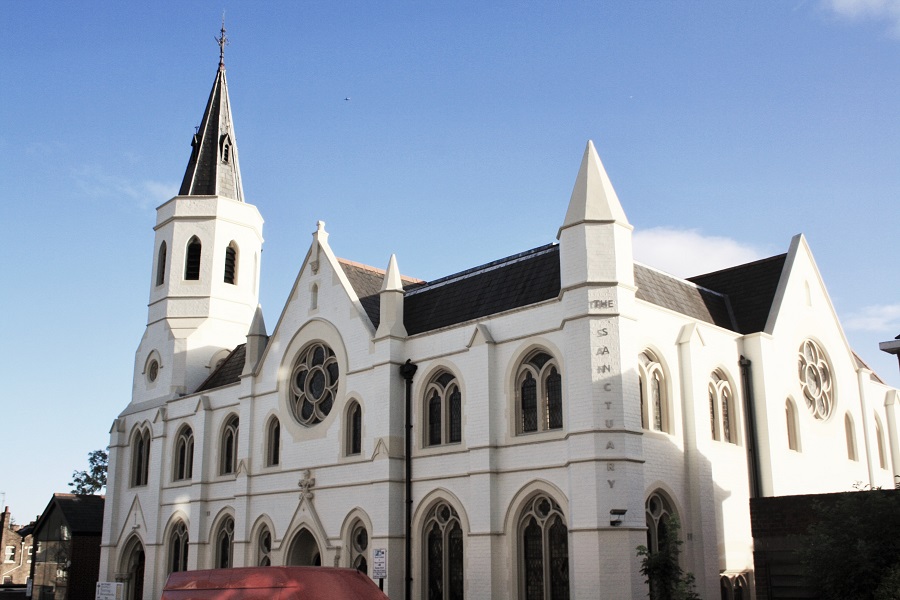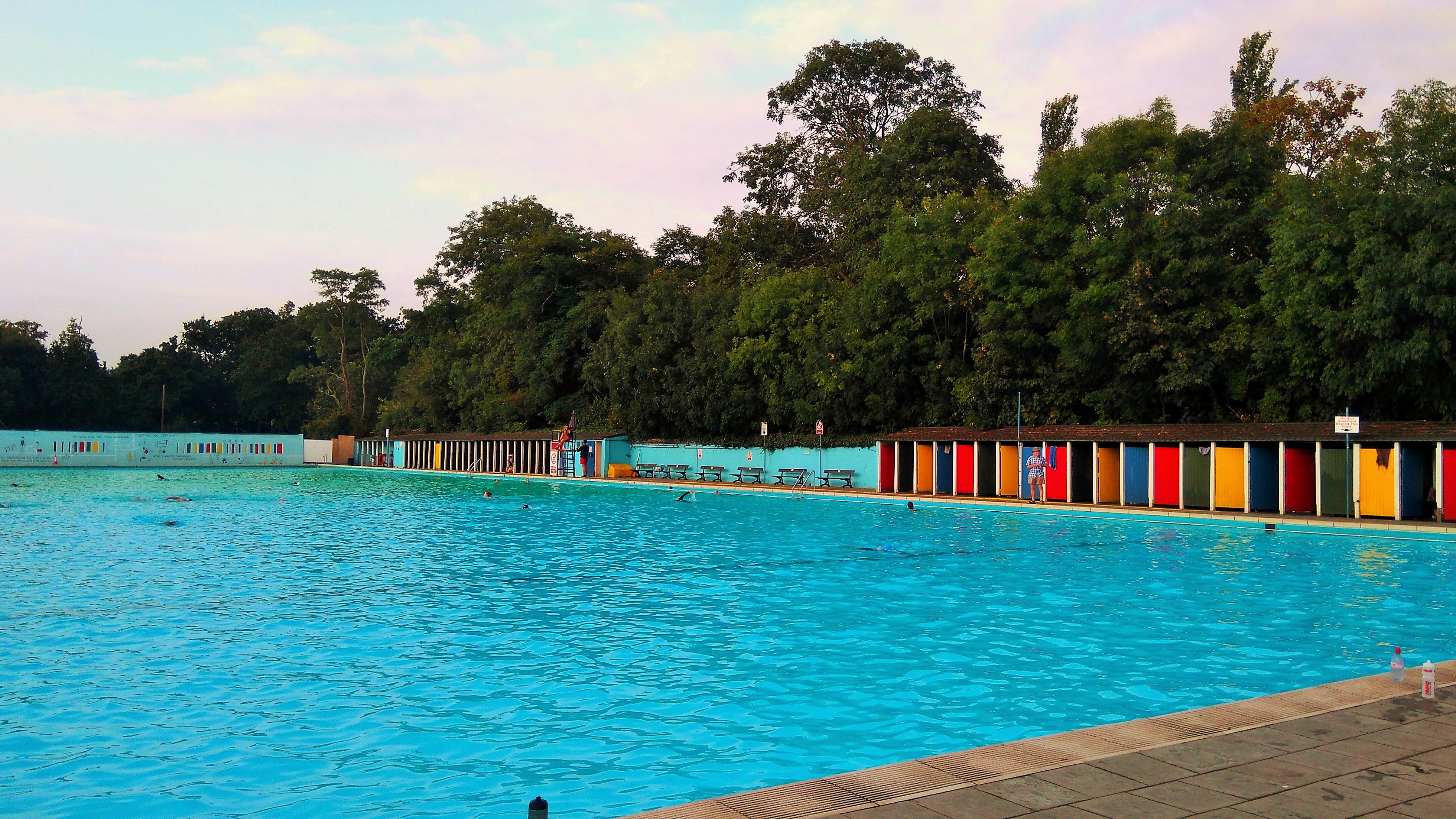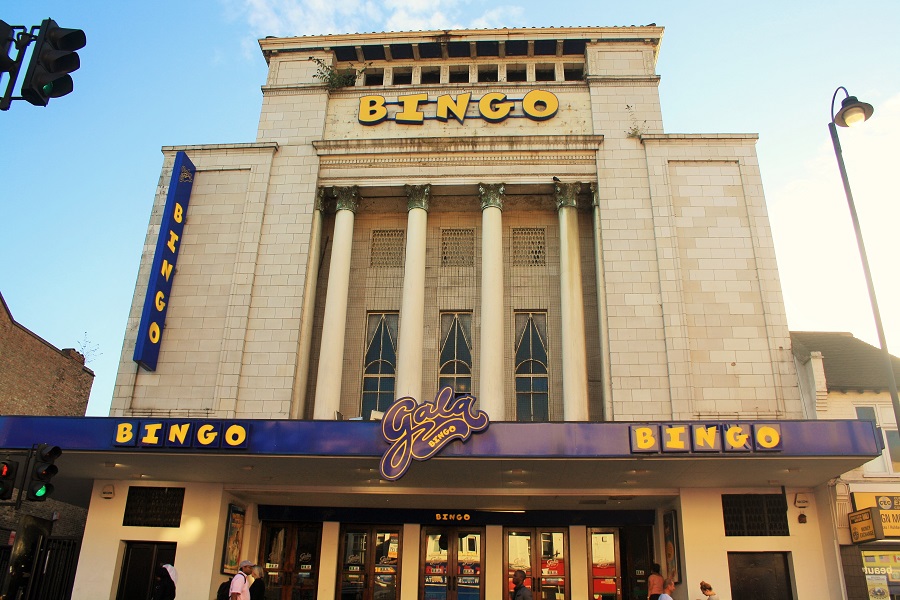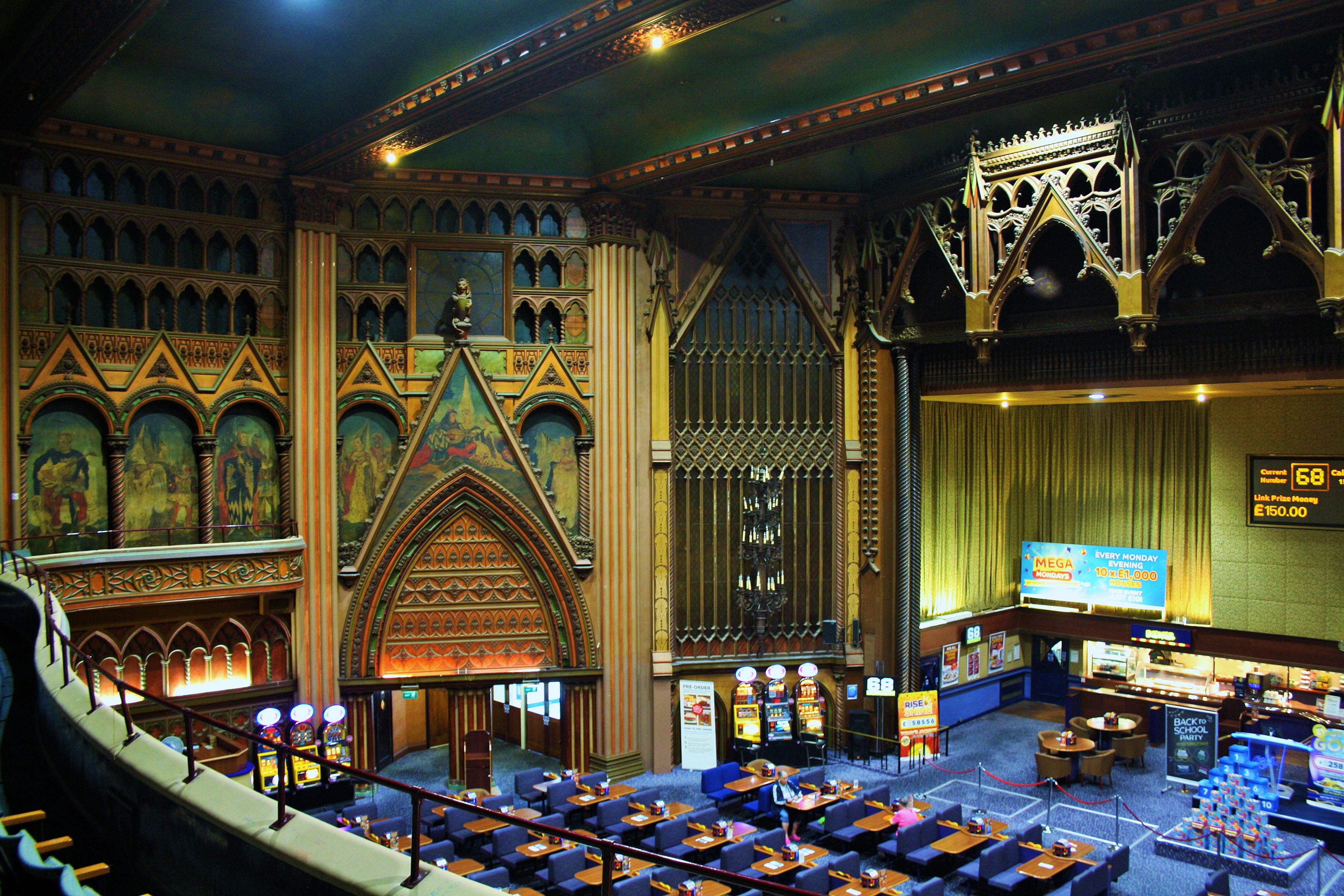Main author
Michael BrooksArchitecture of Tooting
Tooting developed as a settlement on the old coach route out of London to the south and west. The neighbourhood was still predominantly rural until the late 19th century when the railway arrived and development started in earnest.
During the next 20 years, many fine villas were demolished to make way for streets of typical Victorian terraced housing. In 1926, Tooting’s transport links were improved by the opening of two Underground stations on the Northern Line, both designed by Charles Holden.
There are rare examples of early Georgian development on Upper Tooting Road, and groups of Arts and Crafts-style homes on Nightingale Lane. The bulk of Tooting’s housing, however, consists of Victorian and Edwardian terraces, 1920s cottages and purpose-built maisonettes, together with pockets of new build apartments.
The highlights of Tooting's architecture include:
Contents |
[edit] Tooting market
Tooting market, as well as the adjacent Broadway market, has been established since 1930 as one of South London’s premier indoor markets, displaying the rich multiculturalism of the area.
[edit] Springfield University Hospital
Springfield University Hospital is a psychiatric hospital which opened in 1840 as the Surrey County Pauper Lunatic Asylum.
The asylum was built in the Tudor style, with twisted chimneys similiar to those at Hampton Court Palace (these were later removed, being considered dangerous, and not replaced). The facade was patterned with variegated brickwork and subtle angles.
In its time, Springfield boasted state-of-the-art design features such as steam which was circulated through the galleries to keep the hospital at a constant temperature and hot air which was injected through the floors.
The main building is Grade II listed and currently on Heritage England's 'At Risk' register. Many of the original hospital buildings are now disused and the Trust hopes to sell most of the site for redevelopment.
[edit] New Testament Assembly
A modernist-style church on Beechcroft Road, characterised by white rendered bricks, triangular features, circular main windows and black tiled spire.
[edit] Tooting Bec Lido
This open air swimming pool, located on Tooting Common, was built in 1906 and measures 100 x 33 yards, making it the second largest pool in the UK. It contains one million gallons of unheated fresh water. It was modernised in the 1930s with an Art Deco style, hence the iconic cubicle doors with alternating colours.
[edit] The King's Head
The King's Head is a Grade II listed pub on Tooting High Street. It was designed and built in 1896 by W. M. Brunton, a prolific designer of public houses, and is considered to be his masterpiece with his least altered interior.
The pub is characterised by its florid symmetrical composition and brashness of detail typical of late-19th century gin palaces. Built of red brick with stucco ornamentation and a slate roof that is steep and hipped, rising to a dome.
[edit] Sivayogam Wedding Hall
This grand hall building on the Tooting High Street was a Hindu Tamil temple and wedding venue for 17 years until they were evicted by the council in 2010. It has been derelict ever since.
[edit] Old Barclay's Bank building
Located on Amen Corner, this high and curved former Barclay's Bank building is characterised by its tall cupola and symmetrical chimney arrangements.
[edit] Gala bingo
The Gala Bingo hall is a spectacular Grade I listed former 1930s cinema and concert hall, which once played host to Frank Sinatra and The Rolling Stones.
The heavily gilded foyer is lined with Gothic mirrors and fake leaded windows, along with a pair of sweeping marble staircases.The striking auditorium includes elaborate cathedral porches, gilded arches, medieval murals and glass chandeliers.
It is home to one of the last few working Wurlitzer organs in London, although its chambers are buried beneath the stage.
All photographs by Michael Brooks.
Featured articles and news
50th Golden anniversary ECA Edmundson apprentice award
Showcasing the very best electrotechnical and engineering services for half a century.
Welsh government consults on HRBs and reg changes
Seeking feedback on a new regulatory regime and a broad range of issues.
CIOB Client Guide (2nd edition) March 2025
Free download covering statutory dutyholder roles under the Building Safety Act and much more.
AI and automation in 3D modelling and spatial design
Can almost half of design development tasks be automated?
Minister quizzed, as responsibility transfers to MHCLG and BSR publishes new building control guidance.
UK environmental regulations reform 2025
Amid wider new approaches to ensure regulators and regulation support growth.
The maintenance challenge of tenements.
BSRIA Statutory Compliance Inspection Checklist
BG80/2025 now significantly updated to include requirements related to important changes in legislation.
Shortlist for the 2025 Roofscape Design Awards
Talent and innovation showcase announcement from the trussed rafter industry.
OpenUSD possibilities: Look before you leap
Being ready for the OpenUSD solutions set to transform architecture and design.
Global Asbestos Awareness Week 2025
Highlighting the continuing threat to trades persons.
Retrofit of Buildings, a CIOB Technical Publication
Now available in Arabic and Chinese aswell as English.
The context, schemes, standards, roles and relevance of the Building Safety Act.
Retrofit 25 – What's Stopping Us?
Exhibition Opens at The Building Centre.
Types of work to existing buildings
A simple circular economy wiki breakdown with further links.
A threat to the creativity that makes London special.
How can digital twins boost profitability within construction?
The smart construction dashboard, as-built data and site changes forming an accurate digital twin.


































